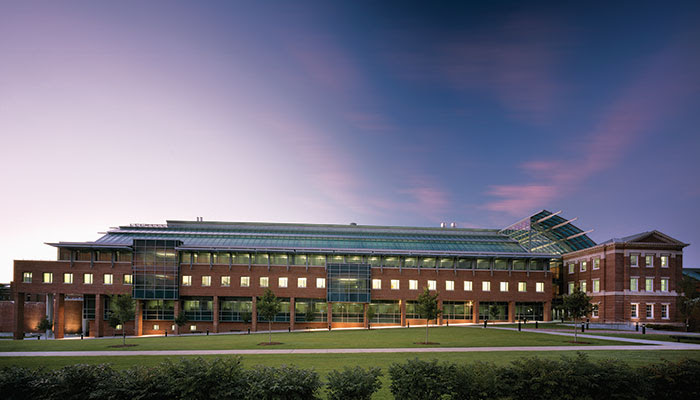Humans, like many terrestrial organisms, are able to correctly perceive the time of day without knowing the position of the dial on the clock or the location of the sun. In association with this perception we experience oscillations in physiological parameters in time with the revolution of the planet on its axis. While these changes are often too subtle to be easily recognized, they are essential to the proper functioning of our bodies. When these cycles are perturbed, it can strongly affect our day to day lives as well as our extended medical outlook.
This perception of time is created by our circadian cycle. A circadian cycle is defined as a rhythm that has a period of about a single day, can persist in the absence of time cues while retaining the ability to be reset by them, and is not significantly affected by signals outside these cues. Circadian rhythms are cell autonomous and are controlled by a central oscillator. This central oscillator, or clock, adjusts innumerable behaviors including everything from luminescence in bacteria to sleep in humans.

Eukaryotic cells within the fungal/animal lineage have an oscillator comprised of two parts: 1) a positive arm, typically a heterodimeric complex that acts as the activator of the system, promoting the transcription of 2) the components of the negative arm, which when translated inhibit the activity of the positive arm. This architecture creates an interlocking time-delayed transcription-translation negative feedback loop. The timing of the circadian feedback loop is determined by a series of posttranslational modifications on the negative arm proteins that are regulated by a series of phosphorylations. This transcription-translation negative feed back loop controls extensive levels of expression in the cell with at least 10% of genes falling under circadian control.

The most critical property of circadian clocks under natural conditions is that they can be reset by external time cues, allowing cells in an organism to anticipate environmental changes and organize their physiology and behavior such that appropriate activities occur at biologically advantageous times during the day. There are daily oscillations in the levels of enzymes and hormones that affect the timing of cell function, division, and growth. Physiological parameters such as body temperature, immune responses and others all fall under circadian control. With clock control being so extensive, it is not a surprise that disruptions to our circadian rhythms can cause serious harm. Disruption of circadian oscillators lead to a reduction in longevity, predator avoidance, and reproductive fitness. Disturbance of daily rhythms contributes to disease pathogenesis; alterations in sleeping and eating patterns in humans can increase the risk for cancer, diabetes, stroke and other adverse effects. With almost 20% of the work force subject to shifting work schedules, many of us regularly operate under suboptimal psychomotor capabilities. The advent and regular use of tablets and other blue light emitting devices, which are known to disrupt circadian rhythms, may cause what is a phenomena limited to those who are shift workers may become an effect with much more global implication.
The goals of the Hurley lab are three fold; 1) to understand how the core mechanism of the clock influences output by investigating the unstructured nature of the negative arm proteins, 2) to precisely define the output of the clock to determine the consequences of disrupted circadian rhythms and 3) to determine how environmental factors affect the clock. To complete these studies, we use a combination of state of the art molecular genetic and biochemical techniques, real time in vivo bioluminescence tracking, as well as a biostatistical/computational approach using whole genome scale data. We perform our studies in the model organisms, Mus Musculus (the mouse), Daphnia Pulex (the water flea), and Neurospora crassa (a bread mold).
